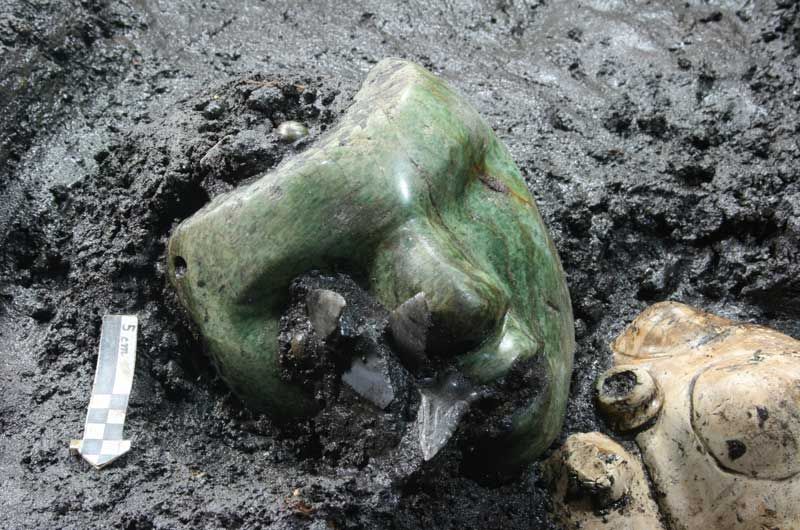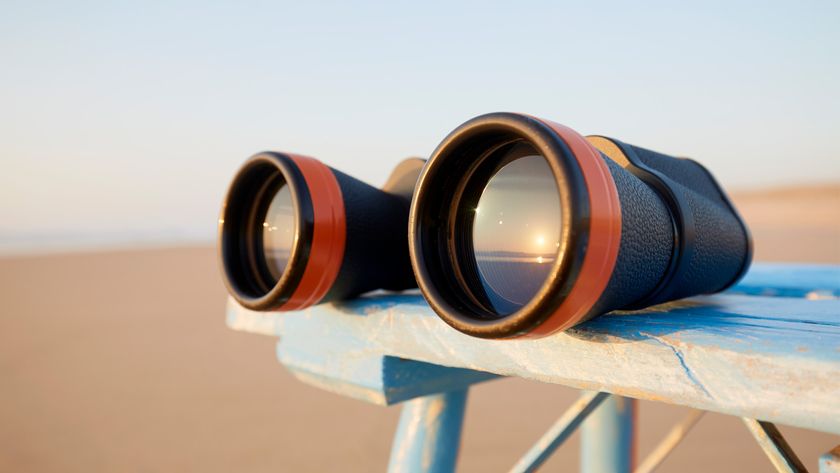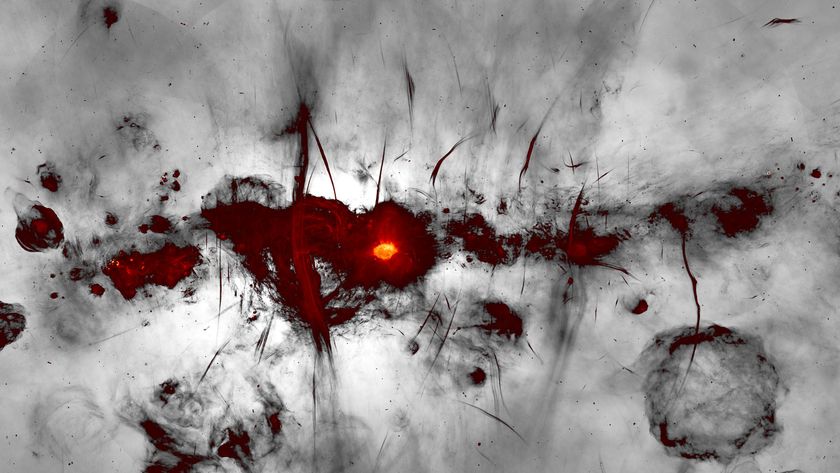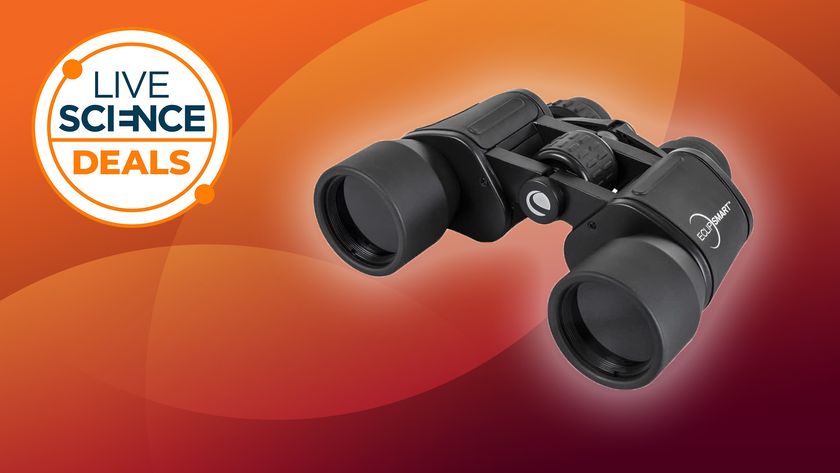Ancient Offering Discovered Beneath Pyramid of the Sun

Archaeologists in Mexico have uncovered a small treasure trove of items that may have been placed as offerings to mark the start of construction on the Teotihuacan Pyramid of the Sun almost 2,000 years ago.
The offerings include pieces of obsidian and pottery as well as animal remains. Perhaps most striking are three human figurines made out of a green stone, one of which is a serpentine mask that researchers think may have been a portrait.
The Pyramid of the Sun is the largest structure in Teotihuacan, an archaeological site northeast of Mexico City that dates back to about 100 B.C. The city remained populated for hundreds of years, and the residents likely started to build the Pyramid of the Sun around A.D. 100.
Beheaded human remains, possibly sacrifices, were found nearby in the Pyramid of the Moon in 2004.
Archaeologists with Mexico's National Institute of Anthropology and History (INAH) have been excavating within the pyramid for the last several years, digging 59 holes and three short tunnels in search of offerings and burials. They've uncovered seven human burials, some of them infants, that even predate the Pyramid of the Sun structure.
The researchers also found two offerings — one containing the green mask and another offering — in the base of the pyramid, "so we know that was deposited as part of a dedication ceremony," Perez Cortez, an investigator with the Zacatecas INAH Center, said in a statement.
You can follow LiveScience senior writer Stephanie Pappas on Twitter @sipappas. Follow LiveScience for the latest in science news and discoveries on Twitter @livescience and on Facebook.
Sign up for the Live Science daily newsletter now
Get the world’s most fascinating discoveries delivered straight to your inbox.

Stephanie Pappas is a contributing writer for Live Science, covering topics ranging from geoscience to archaeology to the human brain and behavior. She was previously a senior writer for Live Science but is now a freelancer based in Denver, Colorado, and regularly contributes to Scientific American and The Monitor, the monthly magazine of the American Psychological Association. Stephanie received a bachelor's degree in psychology from the University of South Carolina and a graduate certificate in science communication from the University of California, Santa Cruz.












